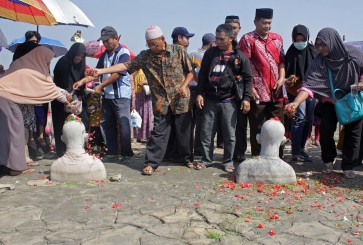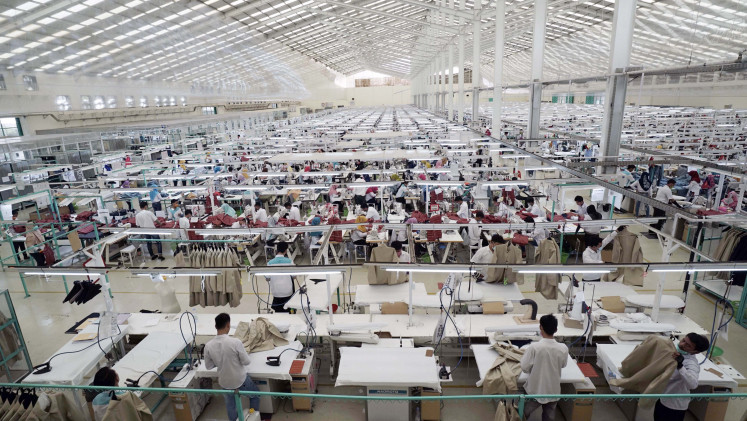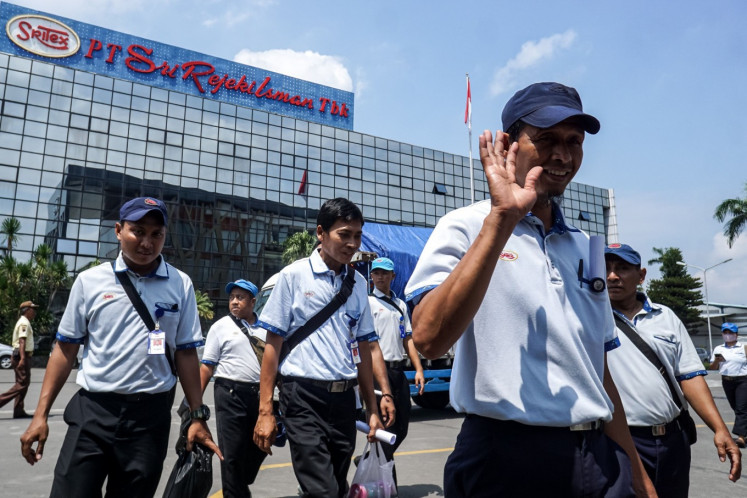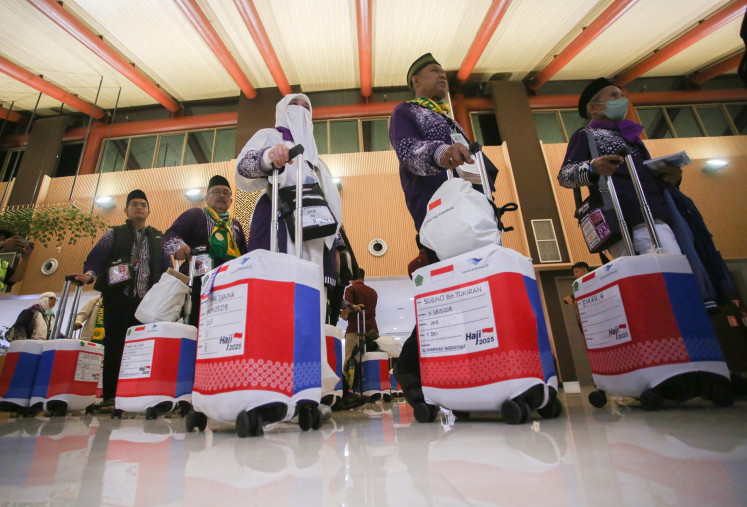Indonesia serious about clean coal technology, says govt
Considering its ever-growing demand for coal, Indonesia has reiterated its commitment to use clean coal technology (CCT) in developing coal-fired power plants in the long run, in line with the Paris Agreement it ratified in October last year
Change text size
Gift Premium Articles
to Anyone

C
onsidering its ever-growing demand for coal, Indonesia has reiterated its commitment to use clean coal technology (CCT) in developing coal-fired power plants in the long run, in line with the Paris Agreement it ratified in October last year.
Indonesia is among 145 countries representing 83 percent of global emissions that have ratified or joined the 2015 Paris Agreement, which aims to limit the rise in average world temperatures to less than 2 degrees Celsius above preindustrial levels and further curb that rise to 1.5 degrees.
Alihuddin Sitompul, the Energy and Mineral Resources Ministry’s electricity program development director, said on Wednesday that Indonesia was committed to using environmentally friendly technology, even though the country is currently pursuing economic development by building electricity infrastructure that mainly uses coal as fuel.
“We have used these [technologies] in some major power plants and they will become standard for future power plants.”
As coal consumption is predicted to keep soaring, especially among Southeast Asian countries, there are global concerns regarding the use of technological advances that can result in the more efficient combustion of coal, which has been widely accused of being the primary contributor to global warming.
Those technological advances include pollution control technologies, such as fabric filters and activated carbon injection, and high efficiency low emission (HELE) technologies, namely the supercritical, ultra-supercritical and integrated gasification combined cycle systems.
Plans for carbon capture and storage (CCS) can theoretically capture up to 90 percent of the CO2 emissions produced during the use of fossil fuels in electricity generation.
The Indonesian government plans to build at least 27 coal-fired power plants using clean coal technology, including supercritical and ultra-supercritical systems, within the next eight years.
It will establish the plants in five provinces, namely Jambi, South Sumatra, Banten, West Java and Central Java, with a total generating capacity of 21,579 MW of electricity.
The government has estimated that consumption of coal will soar to 240 million tons a year by 2019 from only 111 million tons last year, considering the ongoing development of various coal-fired power plants needed to procure an additional 35,000 megawatts (MW).
Benjamin Sporton, the chief executive of the World Coal Association (WCA), said that the use of CCT in developing coal-fired power plants would be crucial in implementing the Paris Agreement, especially considering the rapidly growing demand for coal in Southeast Asia.
“Coal is forecast to be an essential part of ASEAN’s economic growth. This reality means that it is only logical that the rapidly industrializing and urbanizing economies of Asia that are choosing to use coal do so with the lowest emissions technologies,” Sporton said.
The “ASEAN’s Energy Equation” report jointly published by the WCA and the ASEAN Center for Energy (ACE) shows that the installed capacity of coal in the region will increase by nearly 150 percent to 163 gigawatts by 2035 from the 2013 level and will cover more than 34 percent of total power plant capacity in the region.









